Discover the Healing Wisdom with the Energetics of Food

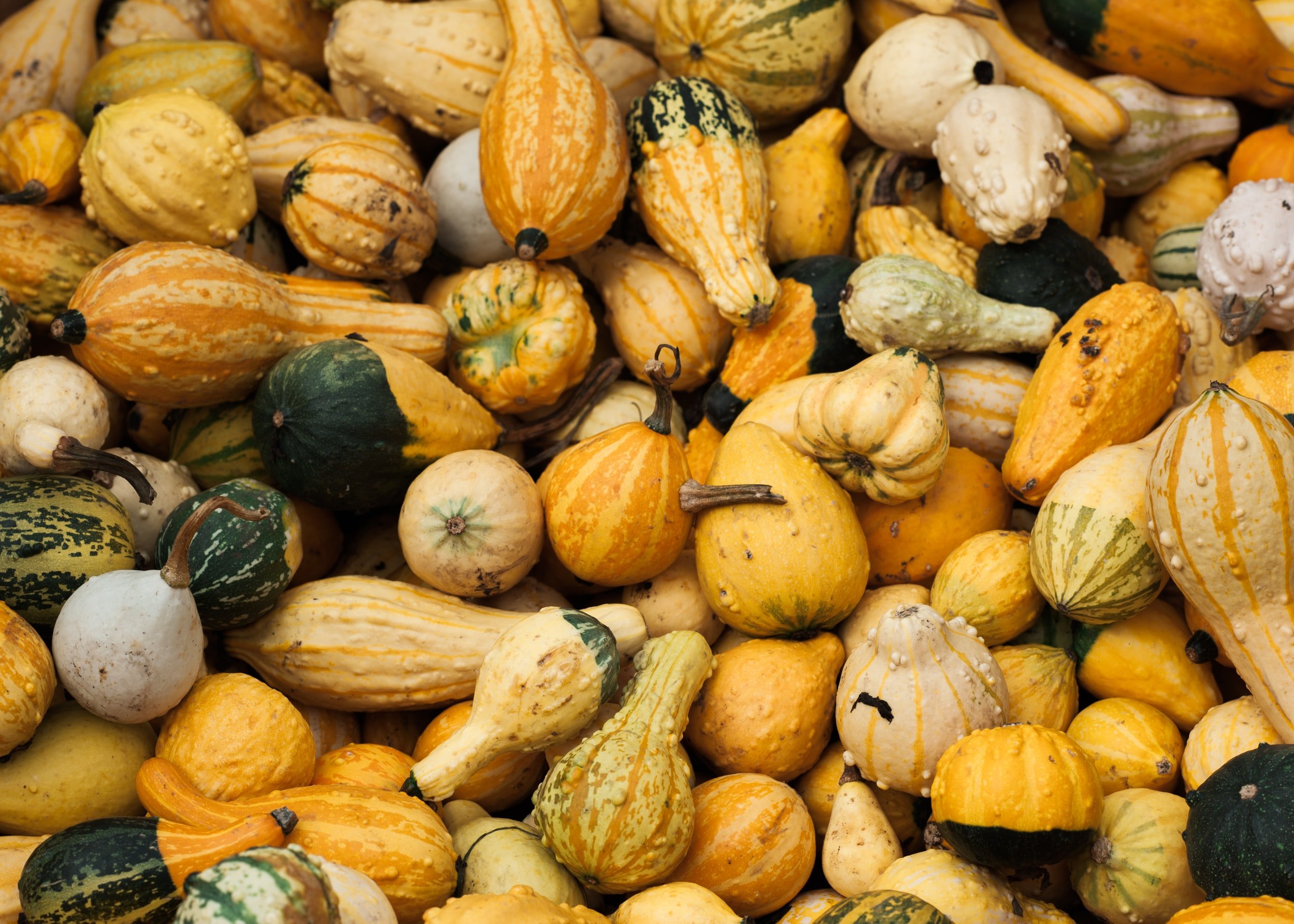
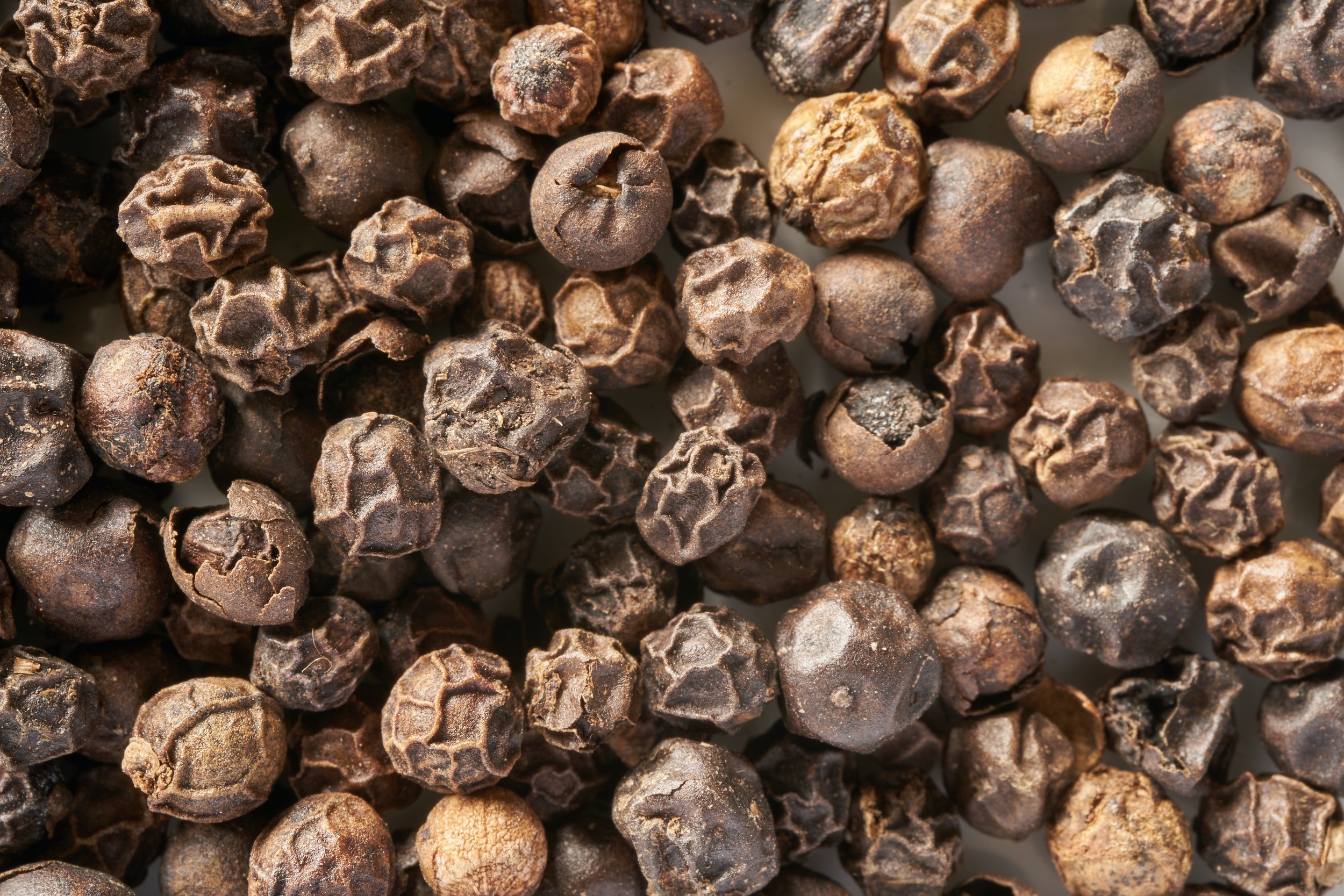
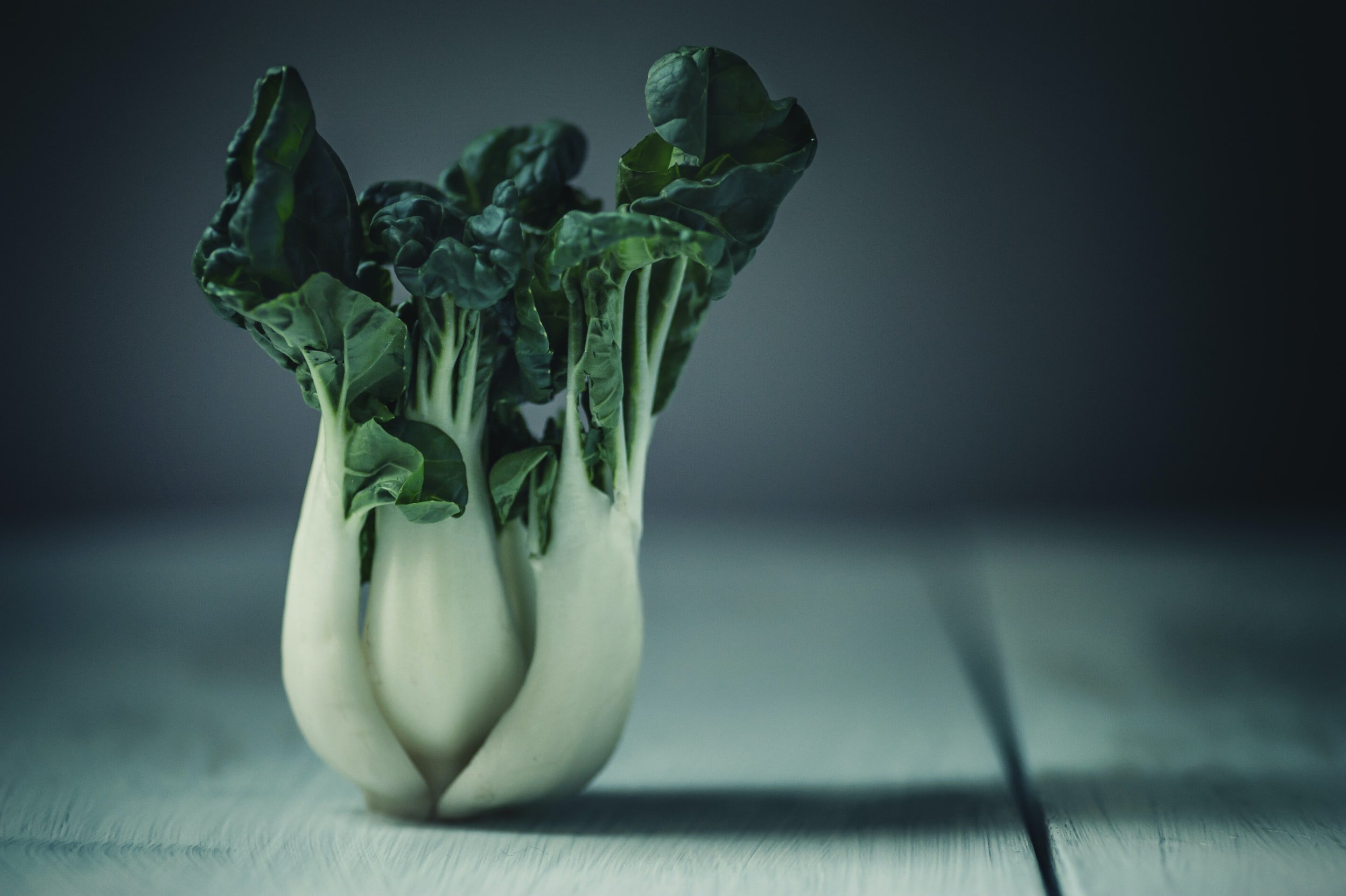
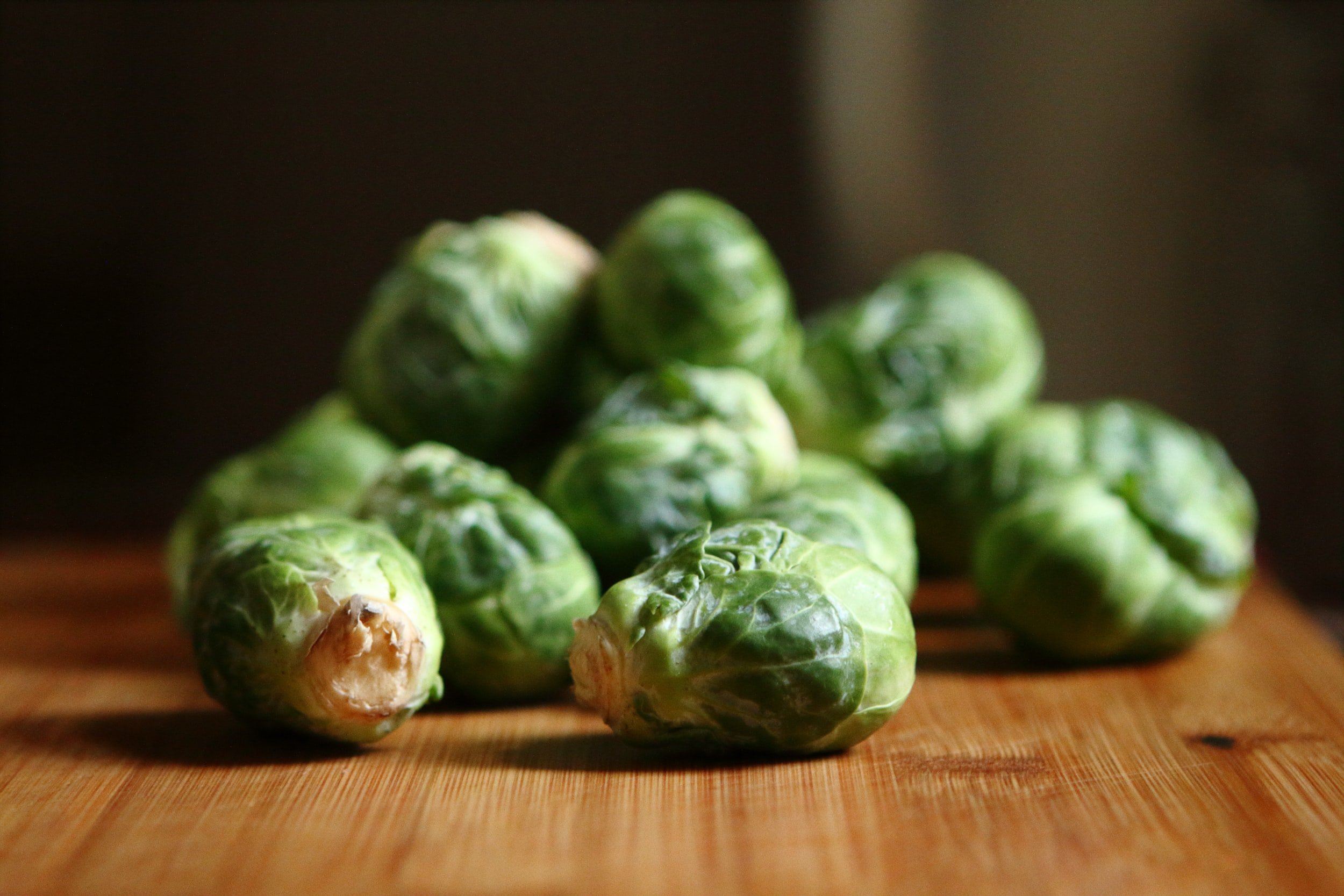
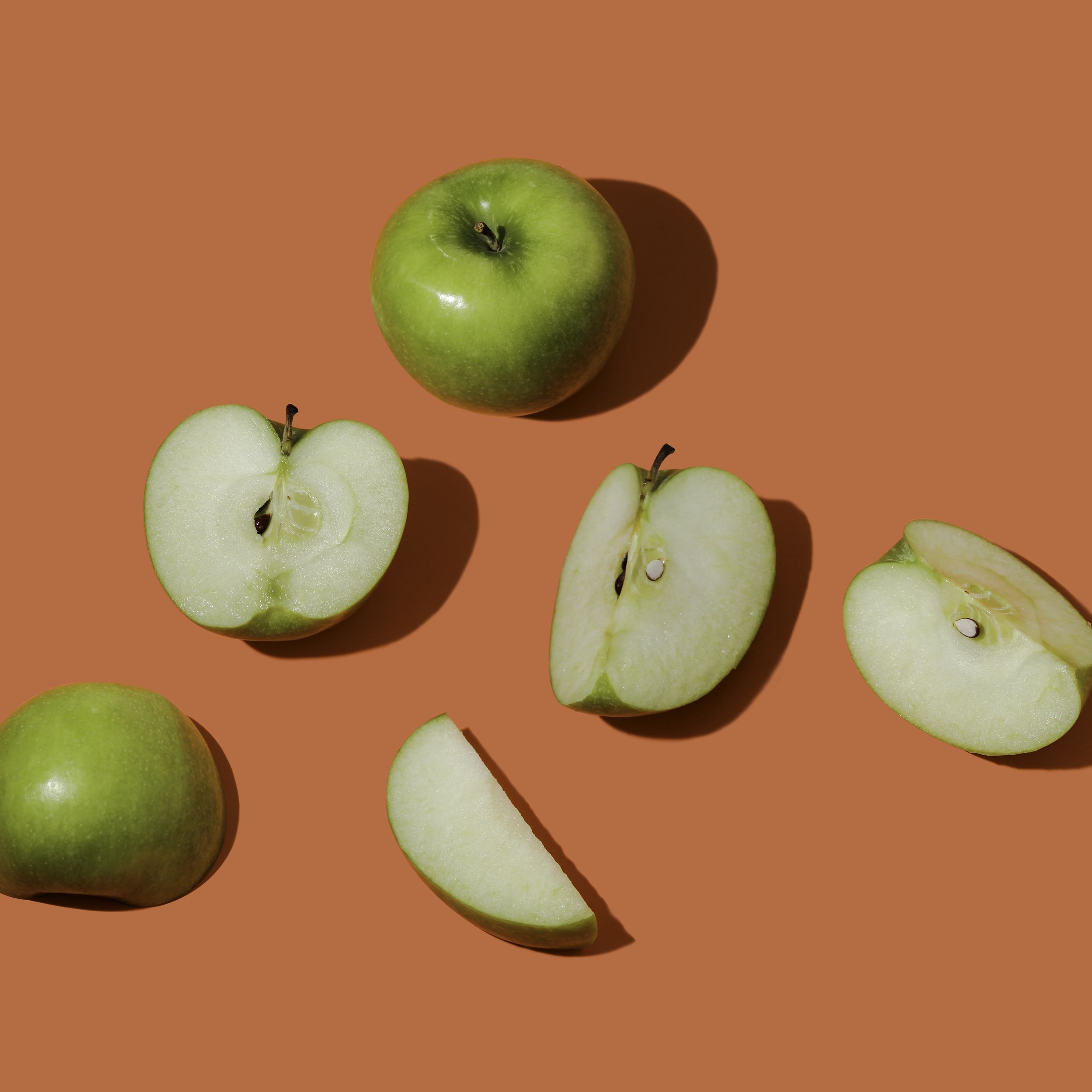
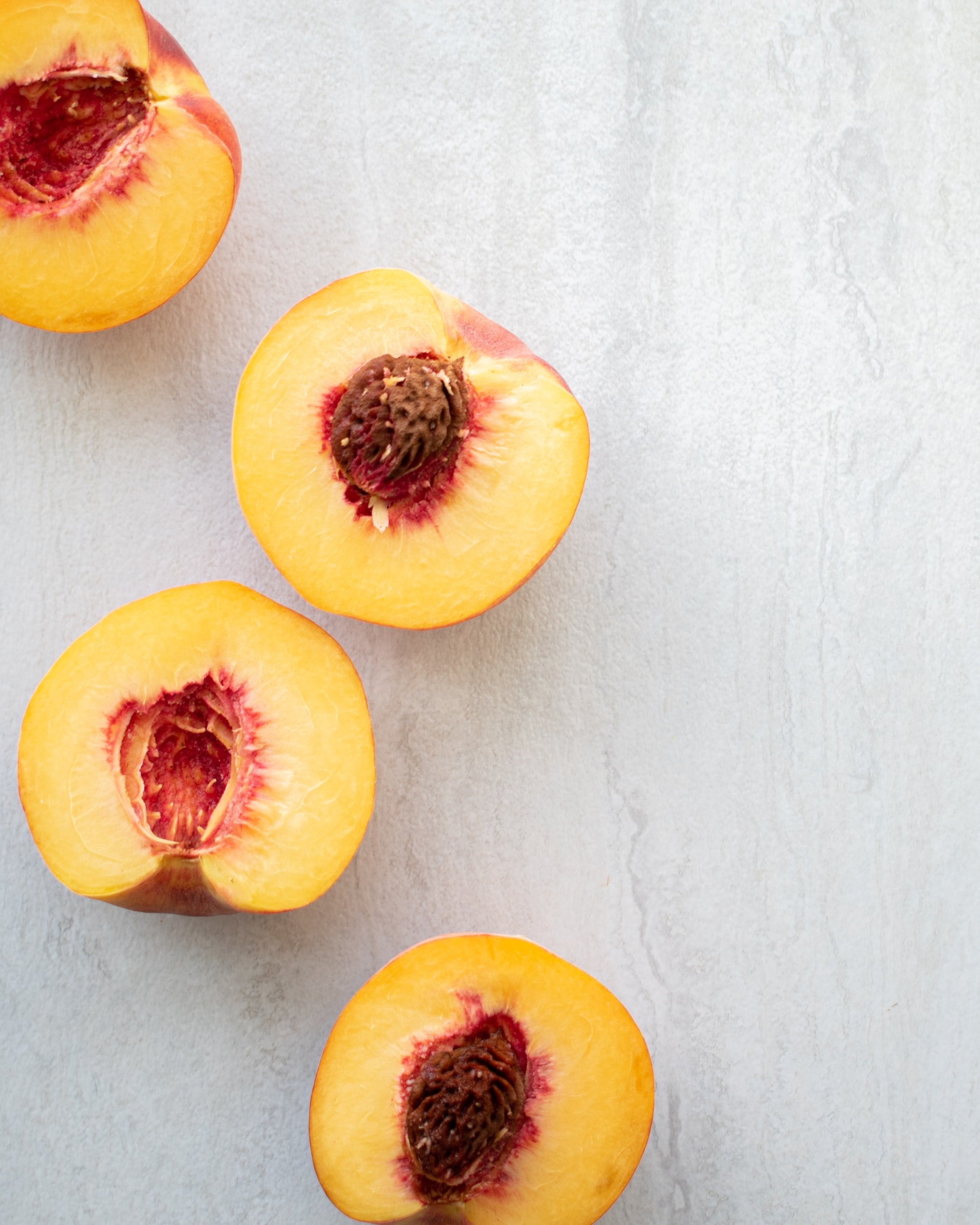

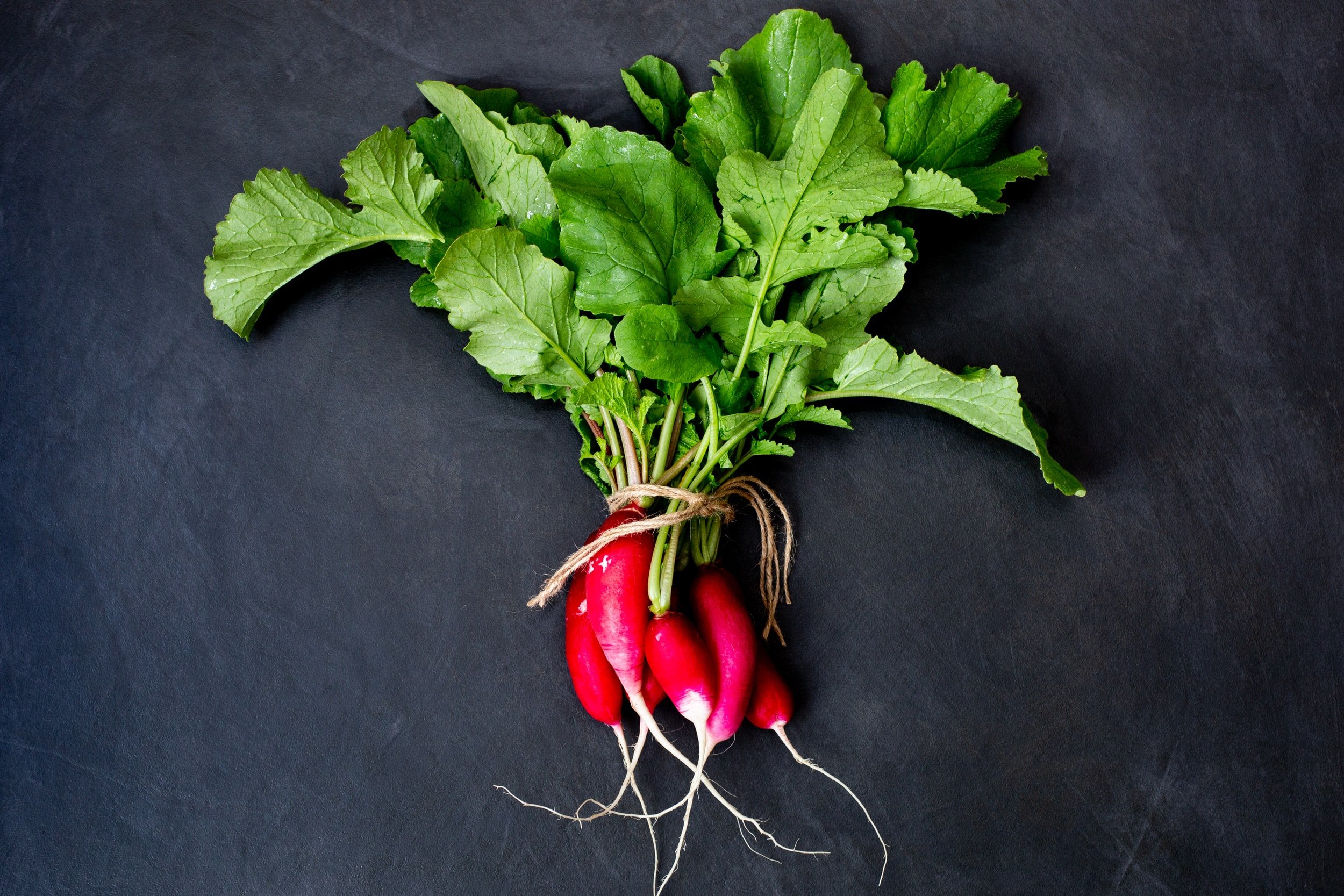
Energetics of Radish: Radical Groundlings
Radishes are grown and consumed all around the world with the first written records being found from the 3rd century B.C. Surprisingly, there are numerous varieties of radishes, varying in size, flavor, color, and length of time they take to mature. Radishes can be sweet or spicy, owing to their sharp flavor to the various chemical compounds produced by the plants, including glucosinolate, myrosinase, and isothiocyanate.

Energetics of Mushrooms: Literal Magic
The earliest mushroom cultivation was documented in China & Japan around 600 CE, although many scholars believe that mushrooms have been foraged since pre-historic times
Crimini, portobello, button, porcini, and oyster mushrooms function as powerful antioxidants, protecting against oxidative damage to cell structures and DNA. Shiitake, maitake, and reishi mushrooms are very good sources of iron and protein. All mushrooms are high in nutrients and low in calories and can promote healthy weight control.

Energetics of Tomatillo: Not Your Average Green Tomato
Although tomatillos are sometimes called “green tomatoes”, they should not be confused with green, unripe tomatoes. They are very close in taste and nutrients to tomatoes but are actually closer to the pichuberry.
A nutritious fruit, tomatillos contain a large amount of dietary fiber, minerals, antioxidants, and vitamins.

Energetics of Pichuberries: The Lost Incan Crop
The Pichuberry looks like a small orange/gold tomatillo, but is actually its own fruit of the nightshade family! It is a relative of tomatoes, eggplants, and tomatillos. This little bundle packs a punch when it comes to vitamin C (20X more than an orange) and antioxidant power. They have even been found to help regulate blood sugar!

Energetics of Mint: Keep Cool All Year Round
Mint has been cultivated for centuries as both cooking and medicine. From Ancient Egypt & China to modern times, mint is used by many people throughout the world as a treatment for various internal and external ailments. Mint is a very broad category, with around 20 species (although some sources say up to 600 species) that all come from the Mentha Family.

Energetics of Pears: 3,000 Years of Deliciousness
Originating from Central Asia, the pear has been around for over 3,000 years. In the epic The Odyssey, Homer refers to pears as the “gift of the gods”. Pears are surprisingly heart-healthy due to their high amounts of vitamin C and a wide variety of flavonoids.

Energetics of Kale: Love it or Hate it??
Somehow kale has acquired a bad reputation for being gross, too tough to eat, and only eaten by health food “freaks”. The amount of Kale Hater groups around the internet is astonishing. This primitive cruciferous cousin of cabbage has actually been grown and consumed around the world for centuries.
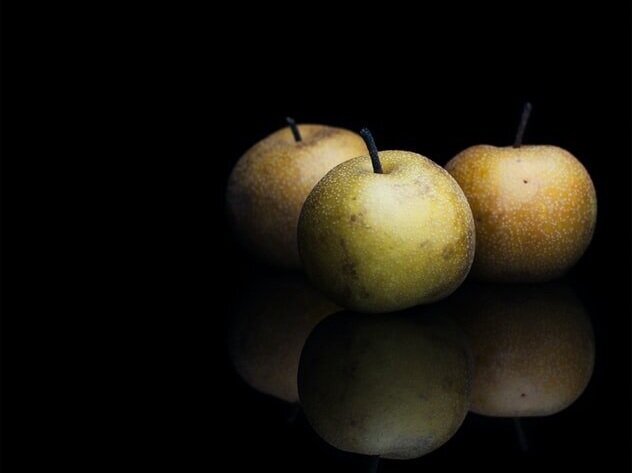
Energetics of Asian Pears: Everyone’s New Favorite Fruit
Asian pears have many names, usually based on the region of harvest, but globally they are commonly called the nashi pear. Nashi, 梨, literally means “pear” in Japanese! They are an excellent source of vitamin C & vitamin K, making them great for bone production and repair, as well as helping with oxidative stress. Energetically Asian Pears help cool and moisten the lungs for cases of dry cough, cough with hard to expectorate mucus, and even dry sore throats.

Energetics of Chickpeas: More than a Bean
Chickpeas, or garbanzo beans, are actually the most widely consumed legume in the world and they are for more than just hummus!
Chickpeas have a tremendous amount of dietary fiber, iron, magnesium and more. This makes them a heart healthy and energy boosting addition to any dish! They are neutral and sweet in flavor and help to nourish the Spleen and Stomach Qi, which helps the body produces healthy blood and nourish all the organs. Do be cautious about overeating in those who are frail and deficient, as chickpeas (and legumes in general) are a diuretic and can promote the loss of nutrients from the body, as well as be harder on the digestive system.

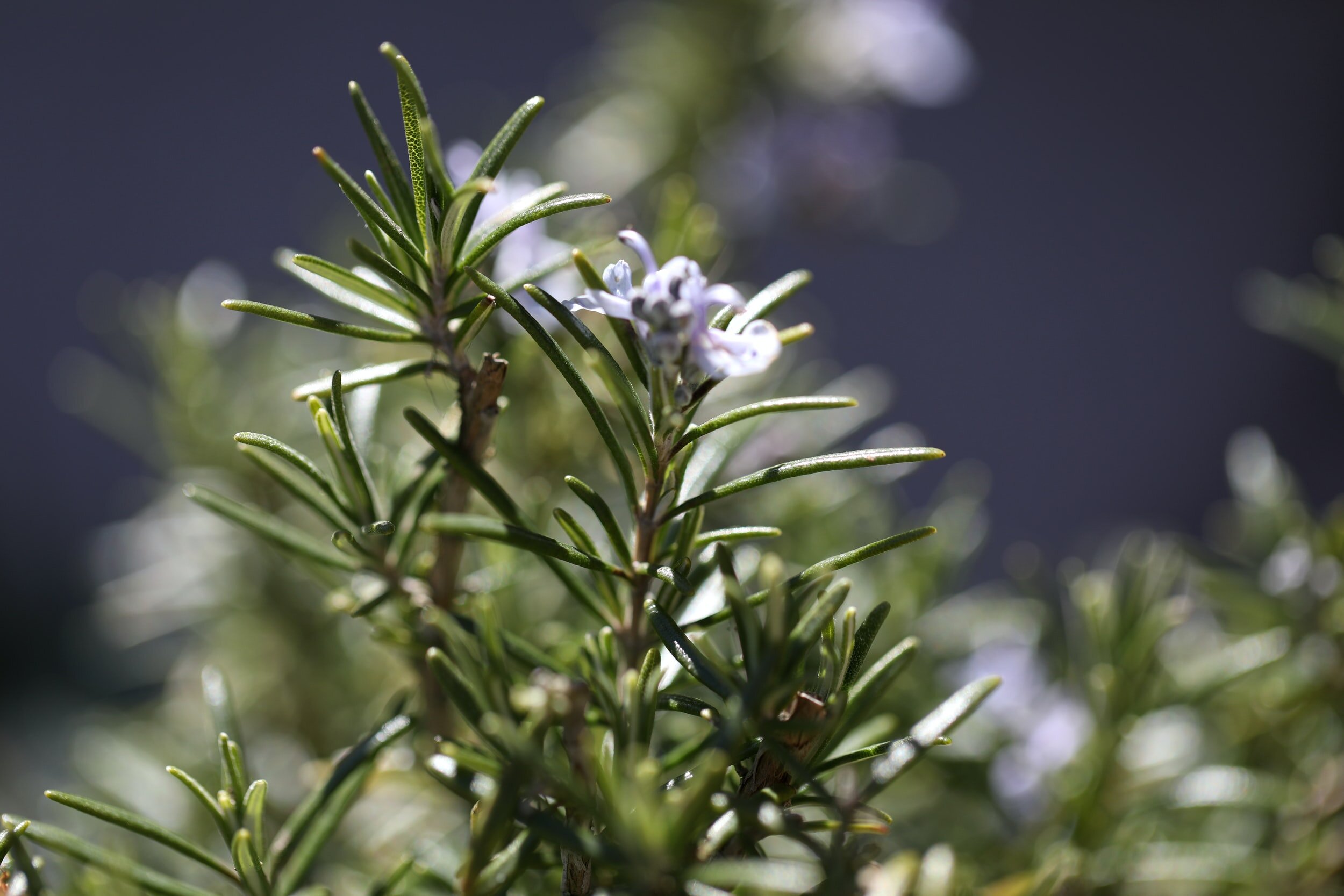
Energetics of Rosemary: The Memory Booster
Rosemary has been used throughout time and over dozens of cultures as a culinary herb, a herbal remedy for many ailments, and a memory charm. Students in ancient Greece would place sprigs of rosemary in their hair while studying because they thought that rosemary stimulates and strengthens memory.

Energetics of Watermelon: A Summer Staple
When I think of summer, I think of fun in the sun, picnics, and summer’s favorite treat, the watermelon. Watermelon is a summer staple that originates from Africa! It was originally cultivated in Egypt, where its popularity grew immensely. Its legacy is recorded in hieroglyphics painted on buildings, and they even placed watermelon in the tombs of many Egyptian kings.



In Chinese Medicine, the 5 flavors are pungent, sweet, sour, salty, and bitter. The SAD (Standard American Diet) consists primarily of just 3 of the 5 flavors. Your diet should consist of a balance of all 5 flavors for optimal health. Balance does not refer to equal amounts, but to bring the body into harmony with your own constitution and the seasonal influences.